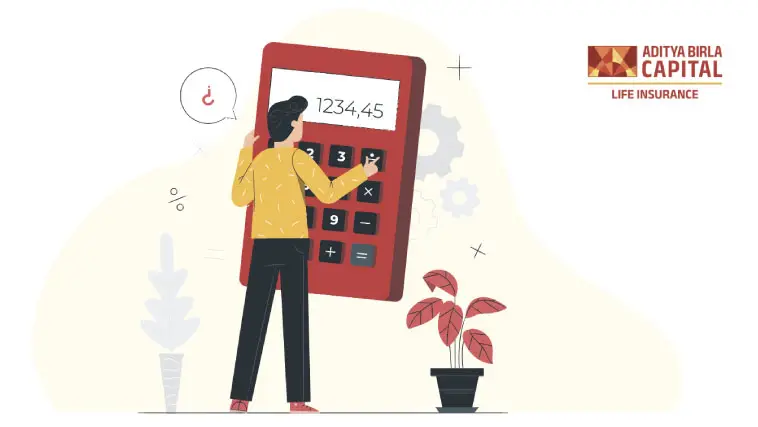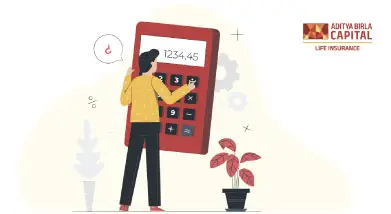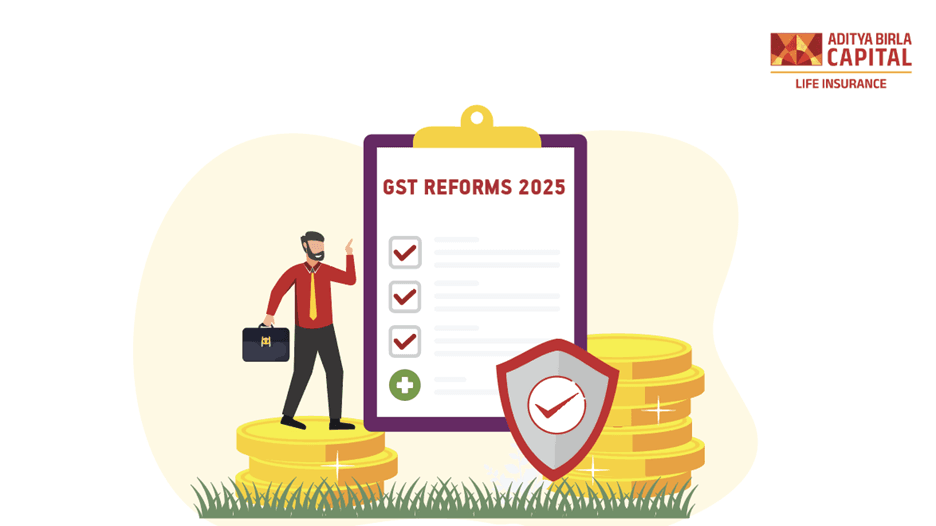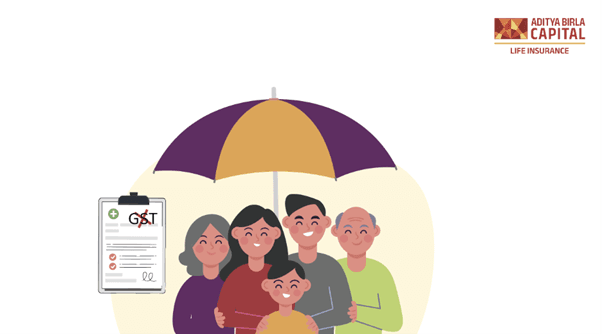Navigating the tax scape in India has always been a task fraught with complexities and considerations. The introduction of the new tax regime in Budget 2025 added another layer of decision-making for taxpayers. You might be wondering, "What is the new tax regime?" or "Are you opting for the new tax regime?" or even "What deductions are allowed in the new tax regime?" If so, you've come to the right place.
Let's delve into the details of the new tax regime, answer the burning question, "Is standard deduction applicable in the new tax regime?" and identify which deductions are allowed in the new tax regime.
What is the New Tax Regime?
The new tax regime was introduced to simplify the tax structure and offer reduced tax rates across various income slabs. Unlike the old tax regime, which allowed numerous exemptions and deductions, the new one offers limited deductions but lower tax rates.
Are You Opting for the New Tax Regime?
Choosing between the old and the new tax regime requires careful consideration. The new tax regime may be beneficial for those who don't have significant investments or deductions to claim. However, if you're using various exemptions and deductions, the old tax regime might still be preferable.
Is Standard Deduction Applicable in the New Tax Regime? -
One of the common queries around the new tax regime is, "Is standard deduction applicable in the new tax regime?" The answer is no. The standard deduction, which was available to salaried individuals in the old tax regime, has been done away with in the new one.
Which Deductions Are Allowed in the New Tax Regime?
Although the new tax regime minimizes exemptions, some essential deductions remain. Let's explore what deductions are allowed in the new tax regime.
- Employee’s Contribution to Provident Fund (NPS and EPF)
While the individual's contribution to PPF is not deductible, the employee's contribution to EPF and NPS remains deductible under Section 80 CCD(1).
- Employer’s Contribution to NPS (Section 80CCD(2))
The employer's contribution to NPS is also deductible up to 10% of the salary.
- Income from Life Insurance (Section 10(10D))2
The sum received under a life insurance policy, including bonus, remains tax-free.
- Leave Encashment (Section 10(10AA))
Leave encashment at the time of retirement continues to be exempt.
- Retrenchment Compensation (Section 10(10B))
The compensation received at the time of retrenchment remains exempt within specified limits.
- Gratuity (Section 10(10))
Gratuity received on retirement or termination is exempt up to certain limits.
- Transport Allowance to Differently-Abled (Section 10(14))
Transport allowance provided to differently-abled employees continues to be exempt.
Weighing the Options: New vs. Old Tax Regime
Understanding which deductions are allowed in the new tax regime will help you make an informed choice. Here's a quick comparative insight:
-
New Tax Regime: Lower tax rates, limited deductions, simplicity, and potentially higher take-home pay.
-
Old Tax Regime: Potential for more significant tax savings through various exemptions and deductions but higher tax rates.
Conclusion
The choice between the new and old tax regimes is nuanced and individualized. What works best for one may not be ideal for another. Therefore, a careful examination of your financial situation, understanding what is the new tax regime, and knowing which deductions are allowed in the new tax regime is vital.
Consulting with a tax professional or using a tax calculator can also provide personalized insights. Remember, tax planning is not a one-time activity; it's an ongoing process that requires vigilance, understanding, and strategy.
By asking the right questions like "Is standard deduction applicable in the new tax regime?" and recognizing what deductions are allowed in the new tax regime, you can make a decision that aligns with your financial goals and responsibilities. Here's to a well-informed tax season and a financially sound future!










